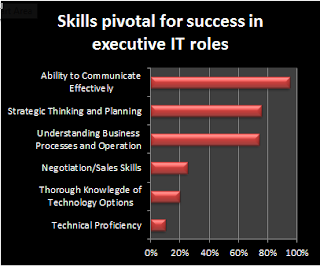ORGANIZATIONAL INFORMATION
- Information is everywhere in an organization
- Employees must be able to obtain and analyze the many different levels, formats and granularity of organizational information to make decisions
- Successfully collecting, compiling, sorting and analyzing information can provide tremendous insight into how an organization is performing
- Levels, formats and granularity of organizational information
THE VALUE OF TRANSNATIONAL AND ANALYTICALLY INFORMATION
- Transaction information verses analytically information
- THE VALUE OF TIMELY INFORMATION- Real-time information – immediate, up-to-date information- Real-time system – provides real-time information in response to query requestsTHE VALUE OF QUALITY INFORMATION- Business decisions are only as good as the quality of the information used to make the decisions- You never want to find yourself using technology to help you make a bad decision faster- Characteristics of high-quality information include;- Low quality information example;
UNDERSTANDING THE COSTS OF POOR INFORMATION- The four primary sources of low quality information include;- Online customers intentionally enter inaccurate information to protect their privacy
- Information from different systems have different entry standards and formats
- Call center operators enter abbreviated or erroneous information by accident or to save time
- Third party and external information contains inconsistencies, inaccuracies and errors
- Potential business effects resulting from low quality information include;- Inability to accurately track customers
- Difficulty identifying valuable customers
- Inability to identify selling opportunities
- Marketing to nonexistent customers
- Difficulty tracking revenue due to inaccurate invoices
- Inability to build strong customer relationships
UNDERSTANDING THE BENEFITS OF GOOD INFORMATION- High quality information can significantly improve the chances of making a good decision- Good decisions can directly impact an organization’s bottom line.
- Timeliness is an aspect of information that depends on the situation














